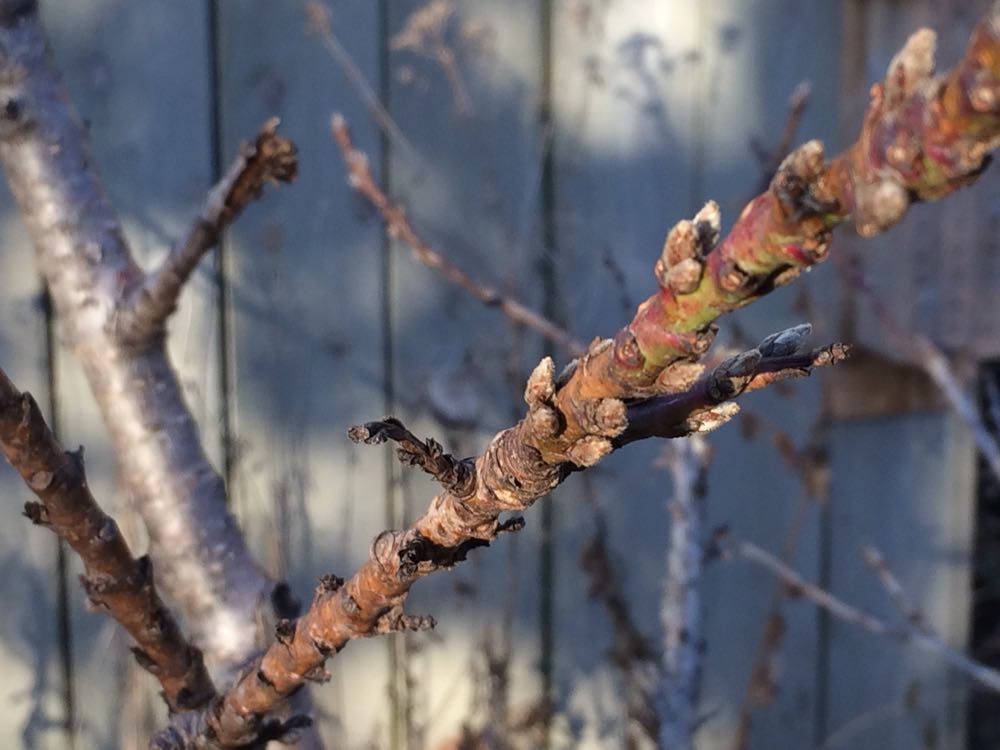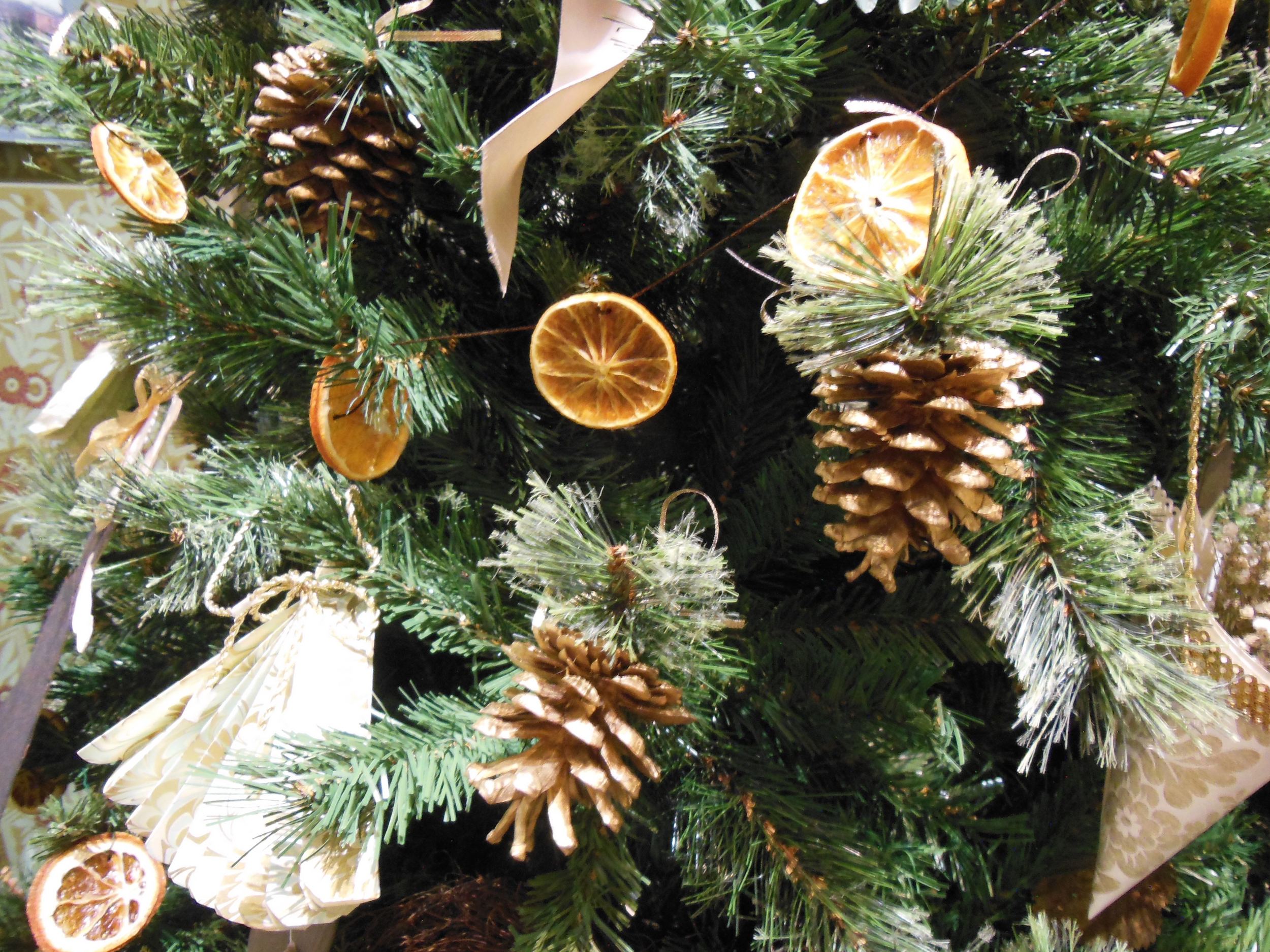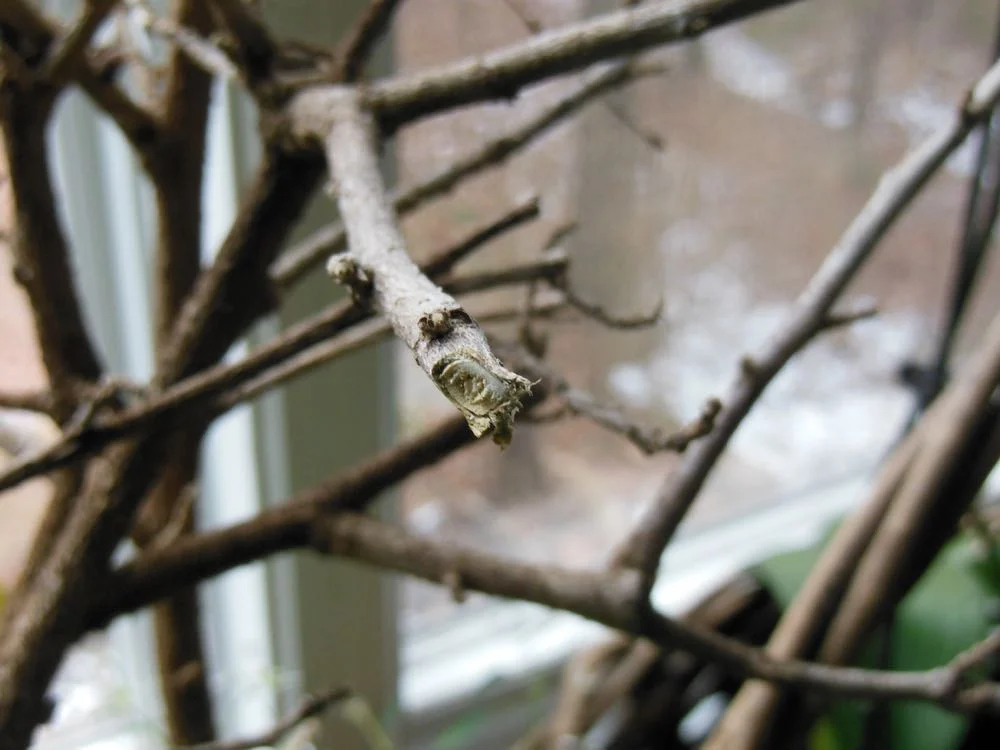Milk Jug Greenhouse
/This milk jug is protecting a little rose start at the corner of one of my flower beds.
Milk Jug Greenhouse
It's easy to assume that when someone says "greenhouse," we all imagine a large, house-like structure with glass walls and maybe a tray of plants sitting in a corner.
One of my favorite tiny "greenhouses" are plastic, one gallon milk jugs. I also use clear plastic water bottles the rest of the year but for winter, the opaque gallon milk jugs work quite well.
After cutting the bottom out of the milk jug, I store them stacked on top of one another until I need them, usually close to the first fall frost. Most of the time, I get delicate plants and seedlings insider to winter over but not always. This past year, I had rose starts I was worried about so I deployed my carefully collected milk jug greenhouses.
After making a little trench around the rose starts, I placed a milk jug into the trench and covered it back up with soil so the milk jug would not fly off.
When the soil around it was dry to the touch, I watered the rose start through the milk jug center.
As temperatures hit single digits, I peeked inside to make sure all was well. So far, so good.
Will be interesting to see if once spring arrives, the little rose start has survived winter in its little individual greenhouse.
Have you tried to use milk jugs as plant covers?
Charlotte



















